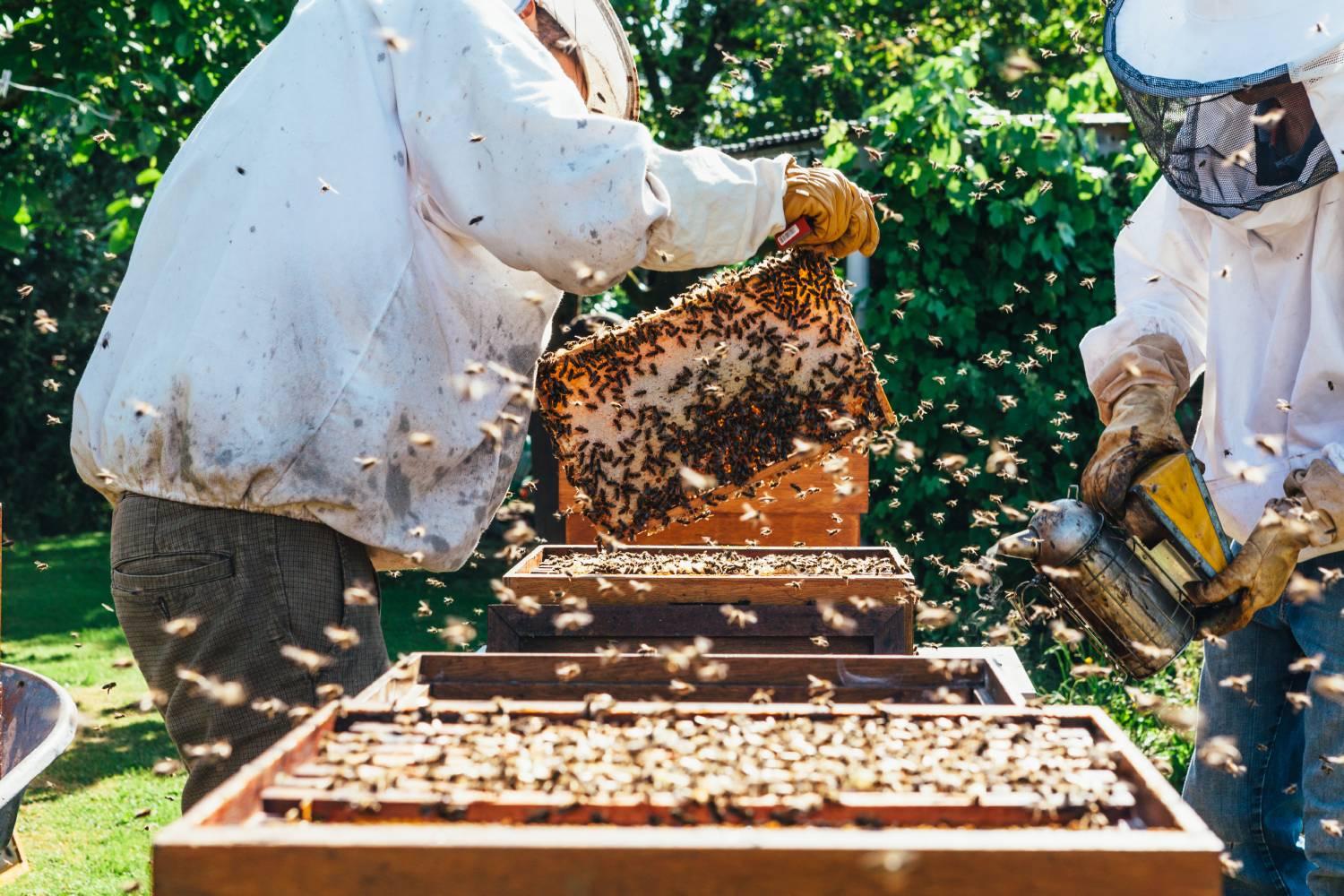- Casos de Sucesso
- BeeFutures
BeeFutures and Amesto NextBridge achieved this using • SAS® Visual Analytics powered by SAS® Viya® on Microsoft Azure
Amesto NextBridge and Beefutures use visual analytics and machine learning to help protect and support healthy bee populations
Bees are responsible for pollinating nearly 75% of all plant species directly used for human food. Since the early 2000s, bee colonies have been slowly declining, in large part due to monoculture farming. If the bee populations continue to decline, it will have a large impact on food production.
Food production also is impacting the bees. When you see fields and fields of the same type of plant, they will bloom for a few weeks, and after that there will be nothing blooming for many months. This is a monoculture. Bees will have to find a new food source that could be much further away. They thrive in a biodiverse area that provides food all year round.
For the 2020 SAS EMEA Hackathon, Amesto NextBridge partnered with Beefutures in Norway. They demonstrated how they can use SAS Viya to analyze and read bees’ movements to identify the optimal location for the hive, closer to flowers for pollination, thereby helping preserve the bees. Beefutures created an observation hive filled with sensors, microphones and cameras monitoring the inside and outside of beehives. The Beefutures hive provides key insights into the world of bees by tracking the bee colony evolution, events and movements in real time and in an automated and reliable way. This is a first step in understanding the pollinators’ decline and how to help them thrive.
“By working together with the team from Amesto NextBridge, we will be able to collect more information from the bees and find a solution to address the pollinator crisis,” says Christophe Brod, CEO and founder of Beefutures. “Together we will march toward a more sustainable future.”
It is cool to use the bees as biological sensors and combine this with artificial intelligence and machine learning for sustainability. Christophe Brod CEO and founder Beefutures
Translating dance moves into distances
After studying the bees, Beefutures discovered that the bees were moving in two consistent patterns. Either turning around and around, almost aimlessly, or with a constant vibration from their abdomens and turning around in both directions. These distinct movements are called waggle dances. The bee waggle dance is the forager bees’ way of informing their colleagues about the precise location of where they should go to locate food.
Using algorithms, the teams from Amesto NextBridge and Beefutures were able to decode the bees’ movements and predict the best possible placement for their hive. This minimizes the amount of time and energy the bees need to spend to find food and get back to the hive to tell others.
“Observing all of these dances manually is virtually impossible, but by using video footage from inside the hives and training machine learning algorithms to decode the dance, we could better understand where bees are finding food,” says Kjetil Kalager, lead of the Amesto NextBridge and Beefutures team. “We implemented this information, along with hive coordinates, sun angle, time of day and agriculture around the hives into an interactive map in SAS Viya. Then beekeepers can easily decode this hive information and relocate to better suited environments if necessary.”
This systematic real-time monitoring of waggle dances allows bees to act as sensors for their ecosystems. Beekeepers can access the interactive map on their cell phones, making it easy to track the hives and their bees throughout the day. It identifies where the food sources are and where the beekeepers could relocate the hives to optimize conditions or where to plant new food sources based on the time of year. The real winners in this project are the bees – gaining better access to food, resulting in a much longer lifespan.
“It is cool to use the bees as biological sensors and combine this with artificial intelligence and machine learning for sustainability,” says Brod.
“There is no doubt that our ambitious data scientists have a passion for contributing to sustainability,” adds Kalager. “When we started the hack, we knew nothing about bees. We have again proved that hard work and scientific experience combined with creativity and dedication can lead to world-changing solutions for the greater good.”
Beefutures – Facts & Figures
2019
Beefutures was established
2 regions
Present in Norway and France
No. 1
Nordic winner of the 2020 SAS EMEA Hackathon




